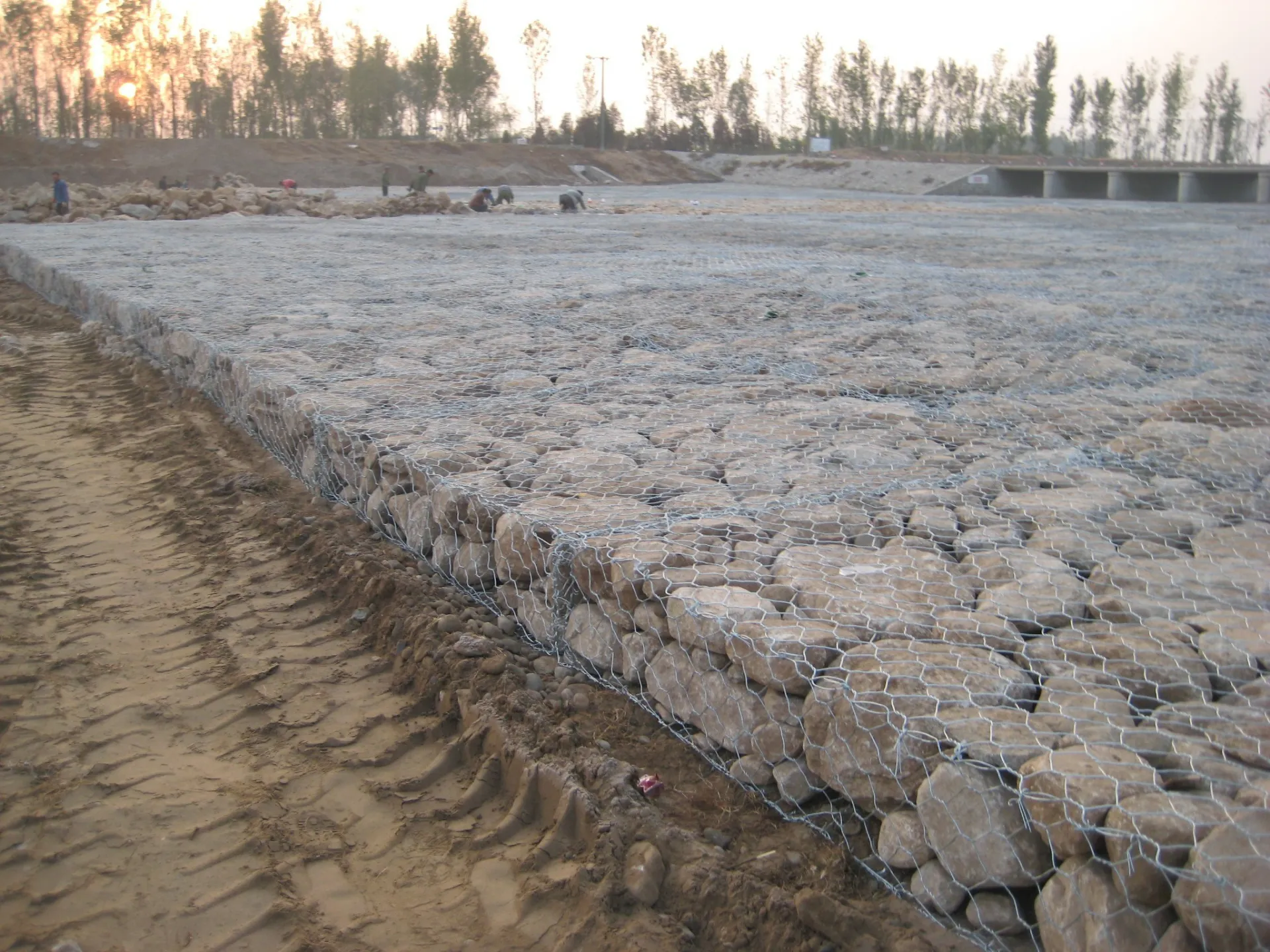-
 Phone:
Phone: -
 Email:
Email:

Durable Metal Tie Wire for Secure Binding and Construction Applications
The Versatility of Metal Tie Wire A Comprehensive Overview
Metal tie wire, often overlooked, is a fundamental yet versatile tool in various industries. Its primary function is to bind materials together, making it indispensable in construction, agriculture, and even crafting. This article explores the characteristics, types, applications, and benefits of metal tie wire.
Characteristics of Metal Tie Wire
Metal tie wire is typically made from steel or other metals known for their strength and durability. The wire is usually coated to prevent corrosion, enhancing its longevity and reliability in various environments. Depending on its use, tie wire can come in different gauges, with thicker wires providing more strength and thinner wires offering flexibility.
One of the most appealing features of metal tie wire is its malleability. It can be easily twisted, bent, or cut, allowing for adjustments and customizations as needed. This adaptability makes it suitable for a wide range of applications, from simple tasks like bundling plants in a garden to more complex structural requirements in building construction.
Types of Metal Tie Wire
Metal tie wire can be categorized into several types based on specific characteristics and intended uses
1. Black Annealed Wire This type is soft and flexible, making it ideal for binding materials in construction and agriculture. Its dark finish hides dirt, making it aesthetically pleasing for visible applications.
2. Galvanized Wire Coated with zinc to prevent rust, galvanized metal tie wire is perfect for outdoor applications where exposure to moisture is a concern. It is extensively used in fencing, gardening, and securing materials in construction.
3. Stainless Steel Wire Known for its resistance to corrosion and extreme conditions, stainless steel tie wire is used in environments where durability is crucial, such as marine or industrial applications.
metal tie wire

4. Copper Wire Although less common for general tie purposes, copper wire is utilized for electrical applications and in crafting due to its conductivity and aesthetic appeal.
Applications of Metal Tie Wire
The applications of metal tie wire are vast and varied. In construction, it is often used to tie rebar together during concrete pours, ensuring structural integrity. In agriculture, farmers use tie wire to support plants, secure fencing, and bundle crops for easier transport.
Moreover, metal tie wire plays a significant role in the crafting and hobbyist community. From creating sculptures and models to assisting in DIY projects, artists and crafters appreciate its flexibility and strength. It can also be found in the packaging industries, where it is used to secure bundles of goods.
Benefits of Using Metal Tie Wire
The advantages of metal tie wire extend beyond its basic functions. Firstly, it is cost-effective, providing a reliable solution without breaking the bank. Additionally, its high tensile strength means it can hold substantial weight, ensuring that materials stay securely in place.
Another benefit is its ease of use. Users can handle metal tie wire without the need for specialized tools—just a pair of pliers will usually suffice. This accessibility makes it a favorite among both professionals and amateurs alike.
Finally, the environmental aspect cannot be ignored. Many metal tie wires are recyclable, providing an eco-friendly option for those looking to minimize their environmental impact.
Conclusion
In summary, metal tie wire is a simple yet essential component across multiple sectors. Its versatility, strength, and cost-effectiveness make it a key tool for anyone looking to secure materials effectively. As industries continue to evolve, the significance of metal tie wire is likely to grow, reflecting its enduring utility in our daily lives. Whether for construction, agriculture, or artistic endeavors, metal tie wire remains a staple worth recognizing.
-
Wire Mesh for Every Need: A Practical SolutionNewsJul.25,2025
-
Steel Fences: Durable, Secure, and Stylish OptionsNewsJul.25,2025
-
Roll Top Fencing: A Smart Solution for Safety and SecurityNewsJul.25,2025
-
Cattle Farm Fencing Solutions for Maximum SecurityNewsJul.25,2025
-
Affordable Iron Binding Wire SolutionsNewsJul.25,2025
-
Affordable Galvanized Wire SolutionsNewsJul.25,2025
-
Wire Hanger Recycling IdeasNewsJul.25,2025








